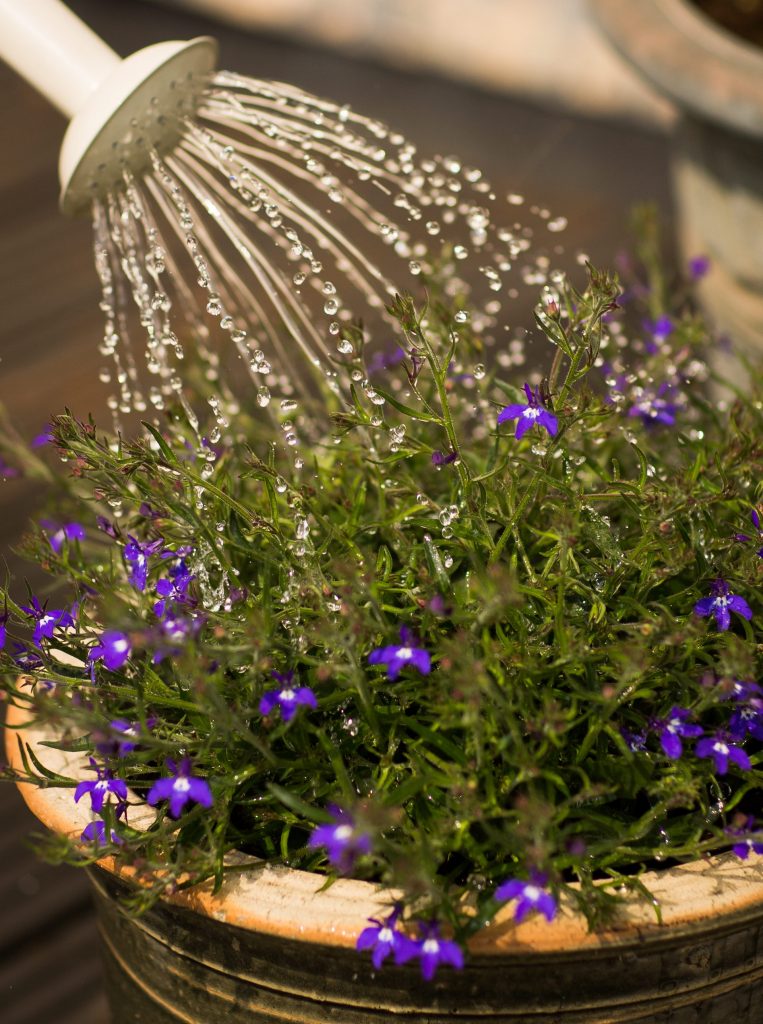For the plant parents, watering indoor plants is second nature. However, figuring out when and how much to water becomes a challenge for a new gardener. Following incorrect techniques can put houseplants at risk.
If you find it challenging to keep your houseplants happy and hydrated, don’t worry. You can quickly learn the best way to water house plants. Follow the do’s and don’ts of watering, and your indoor plants will never be disappointed.
Use a watering can
Use a watering can that comes with a long spout. It enables you to effortlessly and rightly direct the water flow to the base of a houseplant. This way, you can avoid creating a mess that can happen when you use a drinking glass or bottle instead.
Don’t use softened water
Water softening systems depend on sodium, which can badly impact the health of your houseplants. If your softener is connected to both the hot and cold faucets or you are unsure how it’s connected, fill up your watering can at an outdoor spigot. You can even use purified or filtered water.
Do water indoor plants as needed
By touching the soil, you can easily know when your houseplants need to be hydrated. If it’s dry, you know that the plant needs water. If the surface is moist, you shouldn’t water it anymore. Make it a practice to check every indoor plant because if one needs to be watered doesn’t mean every plant does.
Don’t blindly follow a watering schedule
Having a calendar to check if your indoor plants need watering is okay, but never base your watering on the calendar. By sticking to a once-a-week plan, you can overwater and underwater, as some indoor plants may need to be watered more or less often.
Always soak the soil thoroughly
When your indoor plants need water, don’t just give them a tiny sip. Soak the soil properly until water starts flowing out of the drainage holes of a pot. Giving houseplants a good, long drink helps in healthy root system development.
Don’t let plants stay in water for long
Soaking the soil is important, but never add too much water or go overboard. When houseplants sit in water, they can get root rot. You can use a turkey baster to remove the excess water in case of accidental overwatering.
Consult a trusted team to ensure the best care for your indoor plants
Now that you know some key tips and the best way to water house plants, you can start giving your house plants better care. If you need more tips on how to keep houseplants alive and healthy and want to learn more about easy to care for indoor plants, consult a brand like- For Plants. The professionals at For Plants offer advice and information to plant parents about indoor and outdoor gardening.
For Plants, ensure that no plant parents suffer or lose plants or trees due to lack of information. They help gardening lovers and amateurs take care of their indoor plants best by making the right plant care decisions at the right time. Reach out to them today.



